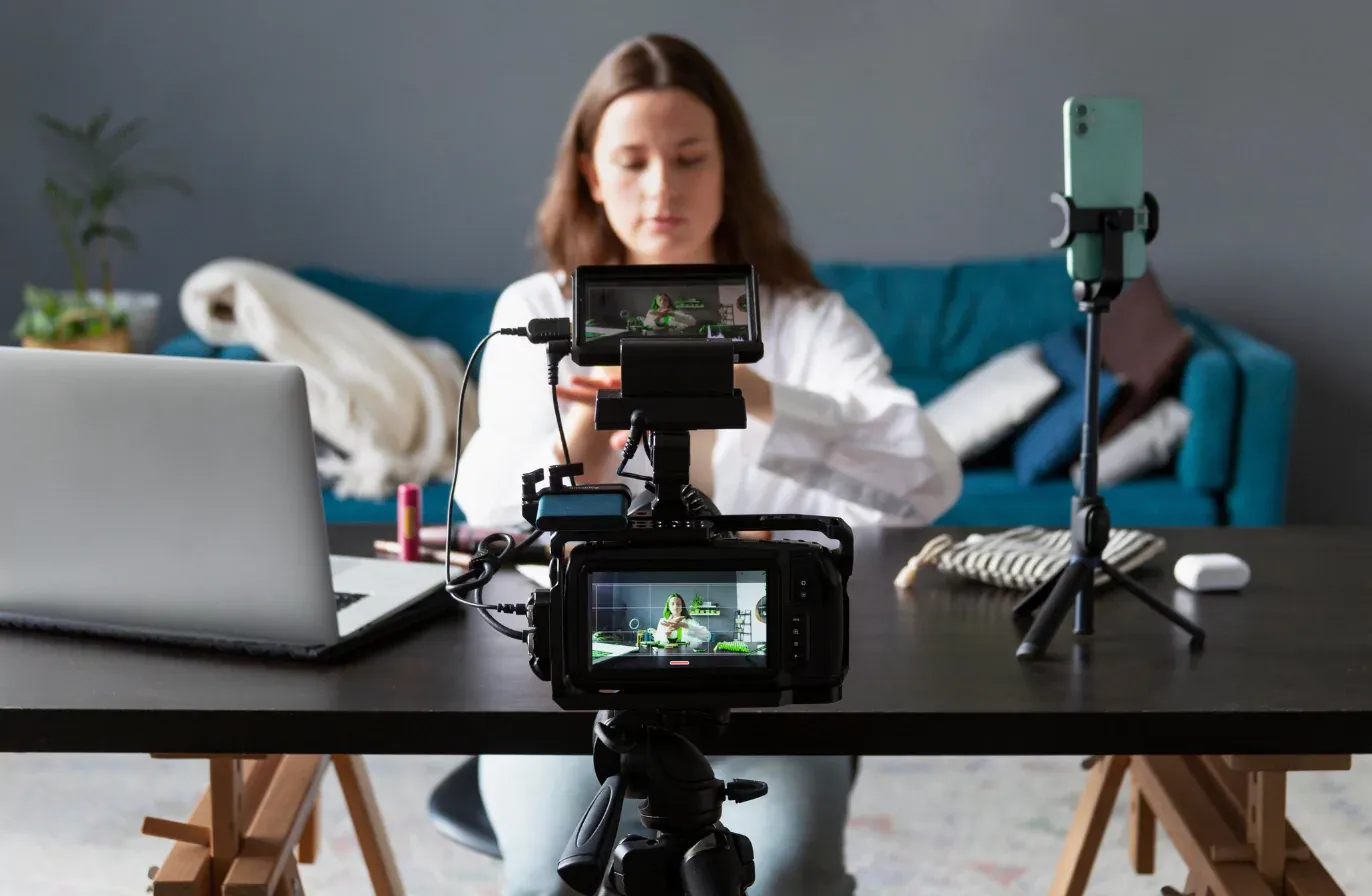On average, in 2024, US adult users spend 58.4 minutes per day on TikTok and 48.7 minutes per day on YouTube.
This surge has led 87% of B2B marketers and 66% of B2C digital specialists to integrate a video marketing strategy into their bigger social media marketing game.
The trend is so influential that even text-focused platforms like LinkedIn were quick to integrate video features, allowing businesses to connect with their audiences on a deeper level through more diversified social media content.
But how can you use video marketing to improve your social media strategy?
In this article, we'll discuss what a video marketing strategy is, how to create one, and some best practices for video creation that you can leverage! Let’s jump right in!
Table of contents
Why is it important to integrate video content into your social media marketing strategy?
10 Steps for a successful video content strategy
Bonus: 7 video marketing tips
FAQs on video marketing strategy
Why is it important to integrate video content into your social media marketing strategy?
A video marketing strategy involves creating, curating, and using videos to promote a brand's products or services to a specific target audience. The primary goal is to engage viewers and drive sales. Video in digital marketing can be leveraged in multiple formats and channels, including social media, websites, and ads.
82% of consumers claim that videos were a convincing factor in their purchases. Additionally, 9 in 10 marketers report that video marketing has provided them with a strong social media ROI.
Moreover, video content is achieving the highest engagement rates on platforms like Instagram, making videos one of the best practices for a successful Instagram marketing strategy. That’s the power of video marketing today!
What does this mean?
It means that social media strategists effectively use videos to create awareness about their brands, while consumers leverage videos to find solutions to their problems.
In simple terms, videos bridge brands and potential customers, making them a powerful marketing channel.
10 Steps for a successful video content strategy
Do you want to use video marketing to improve your social media strategy? Here's how to create an effective video content marketing strategy for social media.
Establish the goals for your video marketing strategy
Before creating a video marketing plan for social media, you need to set up your social media metrics and goals.
Video marketing is a powerful tool for achieving multiple goals. It can not only boost brand awareness and conversions but also encourage social shares and engagement. However, to maximize its impact, setting clear and measurable objectives is crucial.
The social media goals you set for your video marketing strategy should align with your business objectives, support your overall social strategy, and ultimately help you sell more products and services.
Establishing SMART goals ensures that your objectives are clear, measurable, and achievable, which helps guide your strategy effectively and track progress.
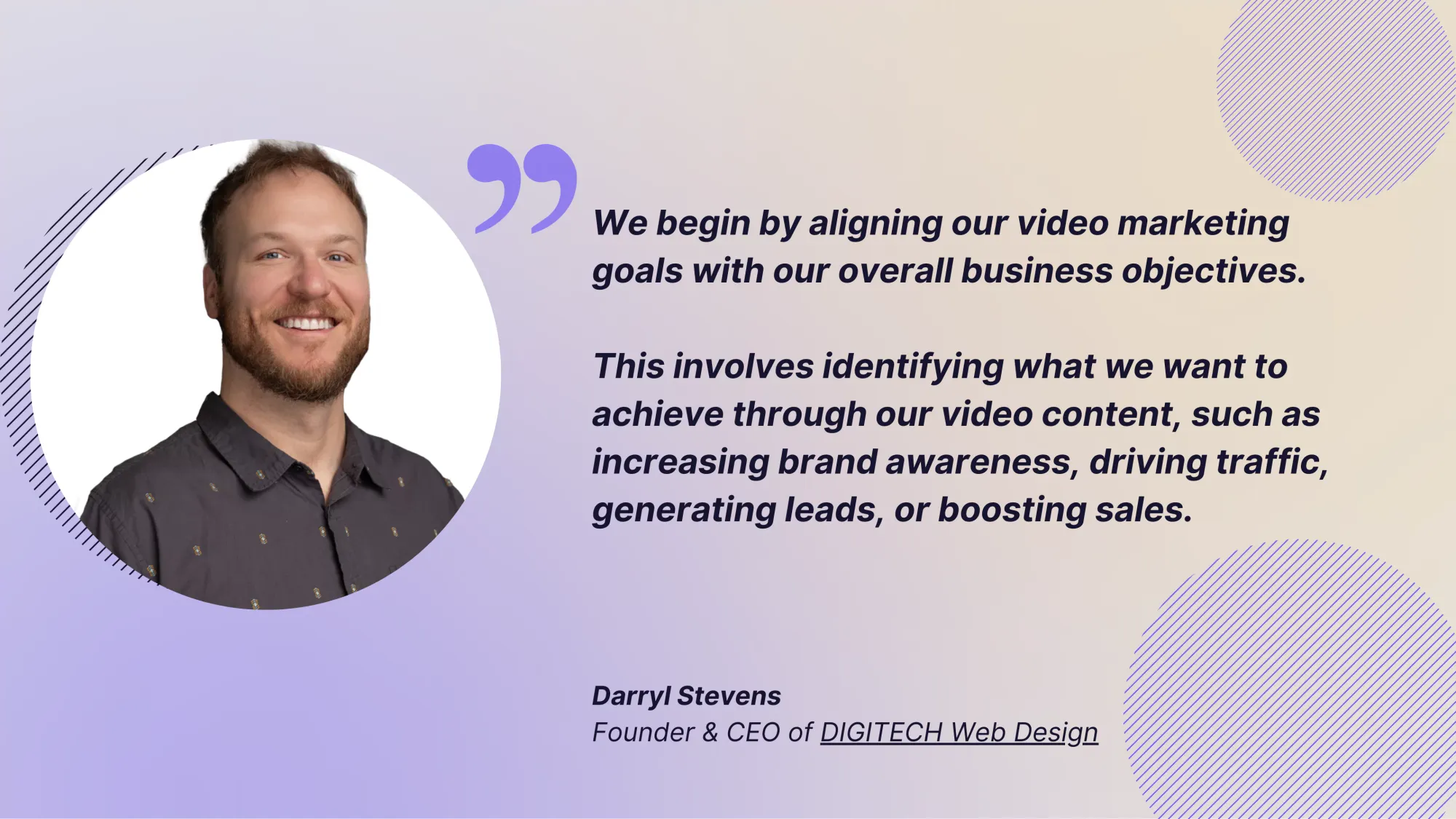
To be effective, ensure your goals are SMART:
- Specific
- Measurable
- Achievable
- Relevant
- Time-bound
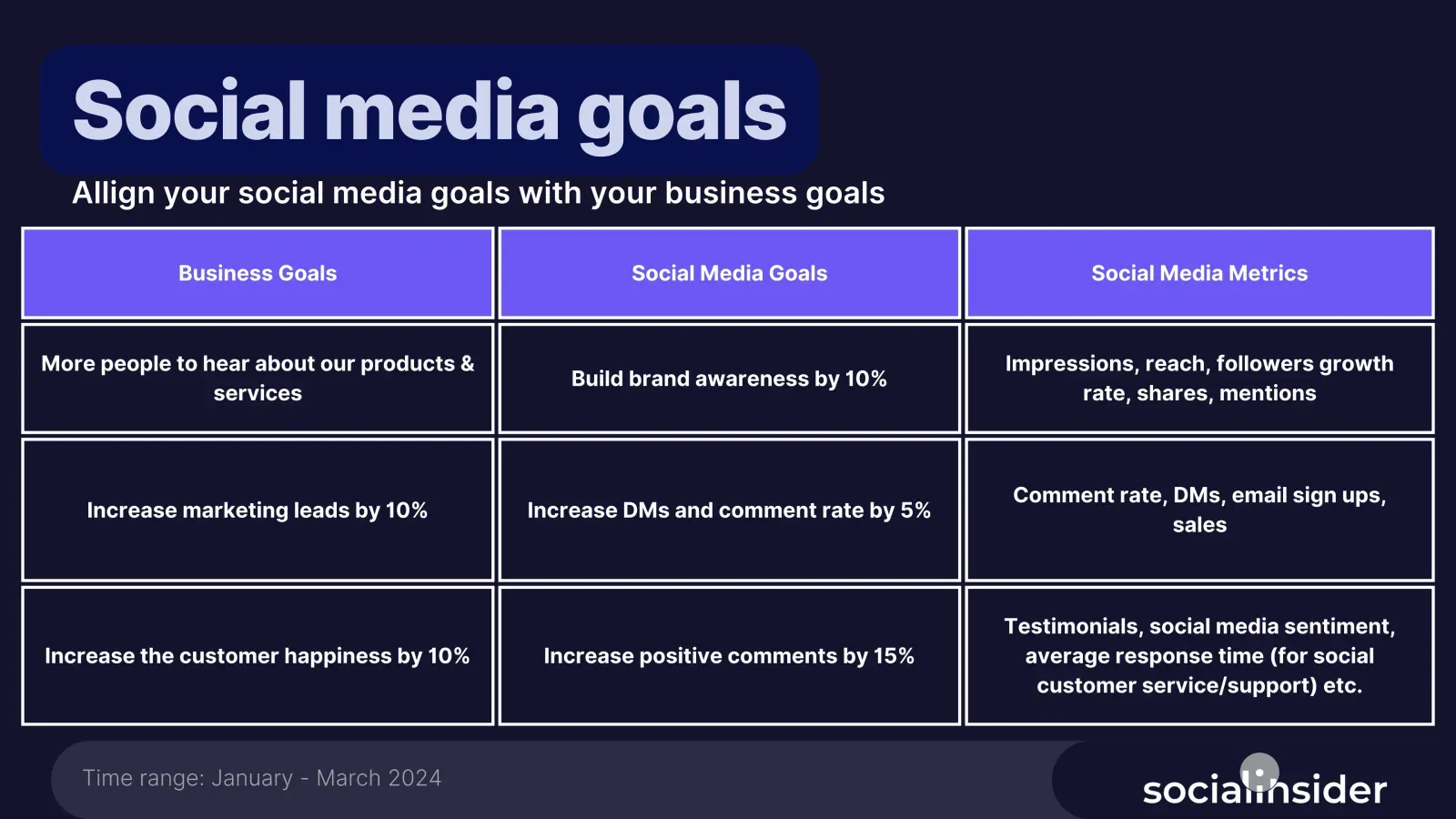
Describe the target audience for your videos
According to Wyzowl, 88% of people say they’ve been convinced to buy a product or service by watching a brand’s video. This isn't limited to physical products. A slightly smaller, but still significant, 78% of people say they’ve been convinced to buy or download software or an app after watching a video.
Nearly 39% of Gen Z in the US are more likely to buy a product after seeing it on TikTok, according to an IRI study. This highlights Gen Z's strong video influence, with their purchase decisions more swayed by video content compared to older generations.
As heavy consumers of short-form video content on TikTok and YouTube, tailor your video marketing plan to resonate with their relatable and short video needs and drive sales.
In contrast, while Millennials and Gen X also respond well to video content, they may prefer slightly longer and more informative video types, highlighting the importance of segmenting your audience and customizing your video marketing campaign accordingly.
Creating buyer personas for a brand is generally done during the product development phase. Presumably, the potential customers you're targeting are also the people you want to reach through your marketing videos for social media.
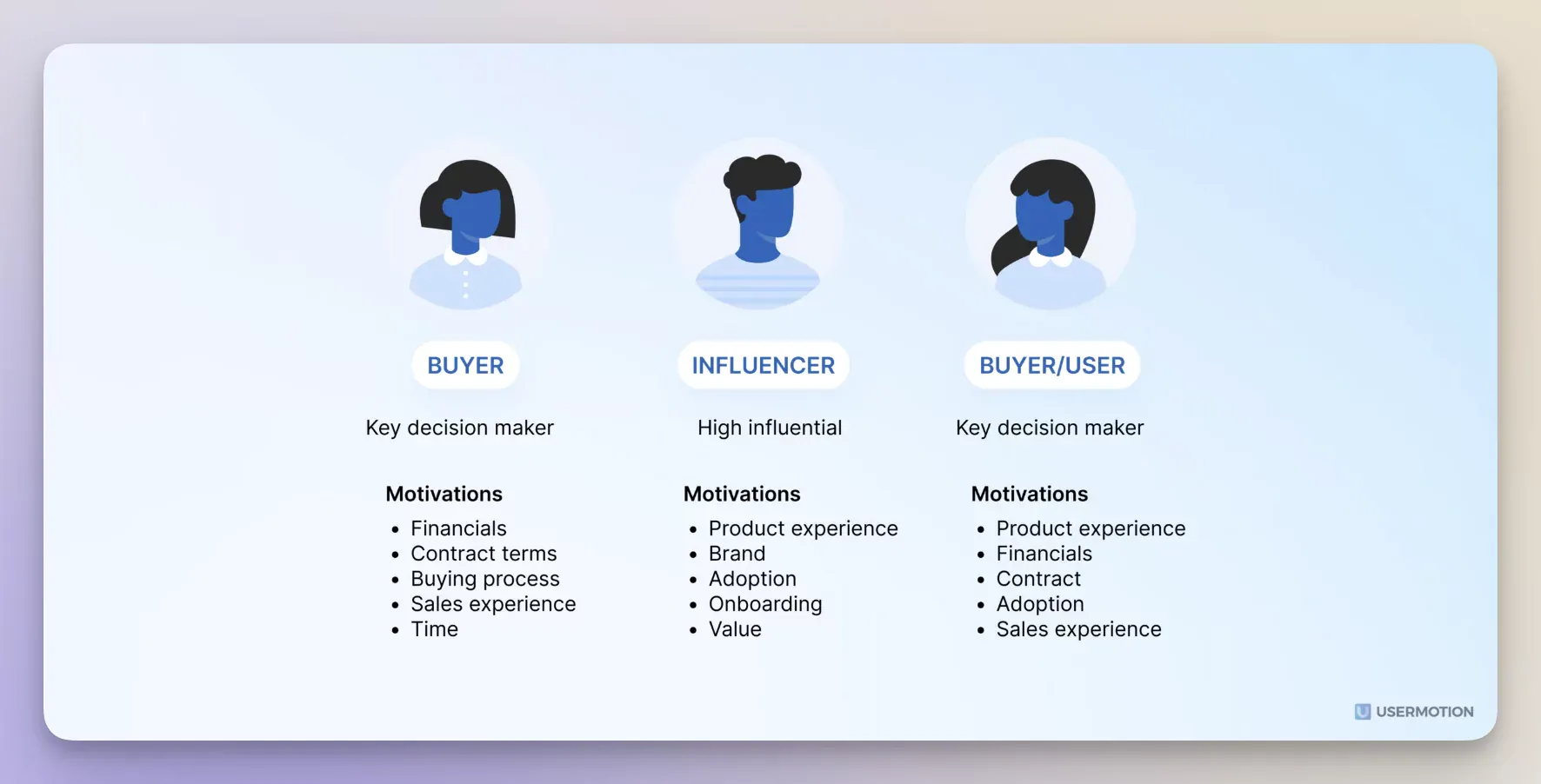
With your buyer persona mapped out, you'll know exactly who your target audience is. To finalize your audience strategy, ensure you have answers to these questions:
- Who your product or service is for — this defines your buyer persona.
- What the purpose of your video is — this determines their stage in the marketing funnel.
- Where your target audience spends their time — this informs your video distribution strategy.
Answering these questions will help you identify your target audience and understand how to reach them.
Select the social media platforms to focus on
The most powerful social platforms for video marketing are TikTok and YouTube, as they are inherently video-based.
However, other platforms can also be helpful depending on whether your company is B2B or B2C.
Each platform offers multiple types of video formats that can be leveraged effectively. For example, LinkedIn is great for B2B companies to share educational and professional content, while Instagram and Facebook offer diverse video options such as Stories, Reels, and live videos that can engage a broad audience for B2C companies.
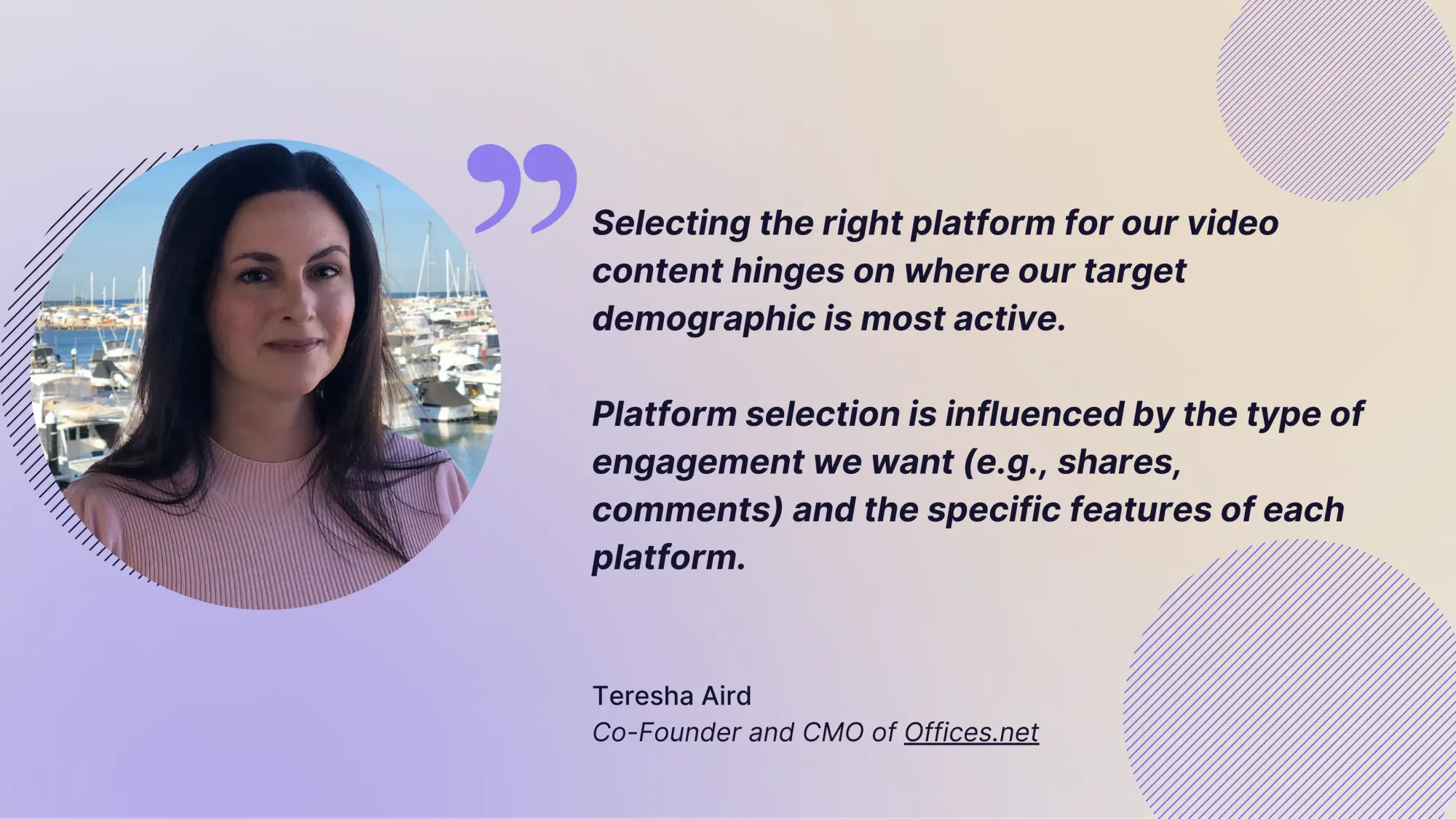
Here's a breakdown of when to use TikTok and YouTube for video marketing strategy and an overview of video formats and features across these social platforms.
When to Use TikTok for video marketing
TikTok is ideal for reaching younger audiences, particularly those aged 16-24. It's a platform for short, engaging, and often trendy social media content.
Use TikTok marketing if:
- Your brand targets Gen Z and Millennials.
- You can create quick, captivating videos that align with trending topics.
- Your content is fun and creative and leverages popular music and challenges.
TikTok's video features include:
- Short-form videos (up to 3 minutes).
- Filters, effects, and a vast music library.
- Collaborative video options such as Stitches and Duets that increase user engagement
When to Use YouTube for video marketing
YouTube is perfect for long-form content and reaching a broader, more diverse audience. It's suitable for in-depth tutorials, product reviews, and storytelling.
Use YouTube if:
- Your target audience spans multiple age groups.
- You have the resources to produce high-quality, longer videos.
- Your products or services can best be marketed through detailed explanations, such as how-to videos.
YouTube's video features include:
- Long-form videos (up to 12 hours).
- Playlists and channels for organized content.
- Advanced analytics and advertising options.
Social media video formats and features
Understanding the formats and features available on different social media platforms helps tailor your video marketing strategies effectively.
Here are some key formats and features for your content:
- Instagram: Ideal for both short and medium-length content. Features include Stories (15 seconds), Reels (90 seconds), and in-feed videos.
- Facebook: Offers a great variety if social media video formats and features, such as Stories (20 seconds), in-feed videos, and Facebook Live for real-time engagement.
- LinkedIn: Best for professional and B2B content. Features include native video posts and LinkedIn Live for webinars and events.
Choosing the right platforms for your video marketing campaigns requires understanding your competitors' online presence and the target audience you want to reach.
Analyze where your competitors are active and successful, and consider where your target audience spends their time online. This will help you maximize engagement and achieve your social media goals.
Determine your video content types and create storyboards
The next step is to choose the type of content you want to create.
Start by understanding your target audience's preferences and the goals of your campaign.
Consider what type of content will best convey your message and engage your audience, whether it's educational, entertaining, or informative.
You can also look at what your competitors are doing and what’s working for them using competitor analysis tools.
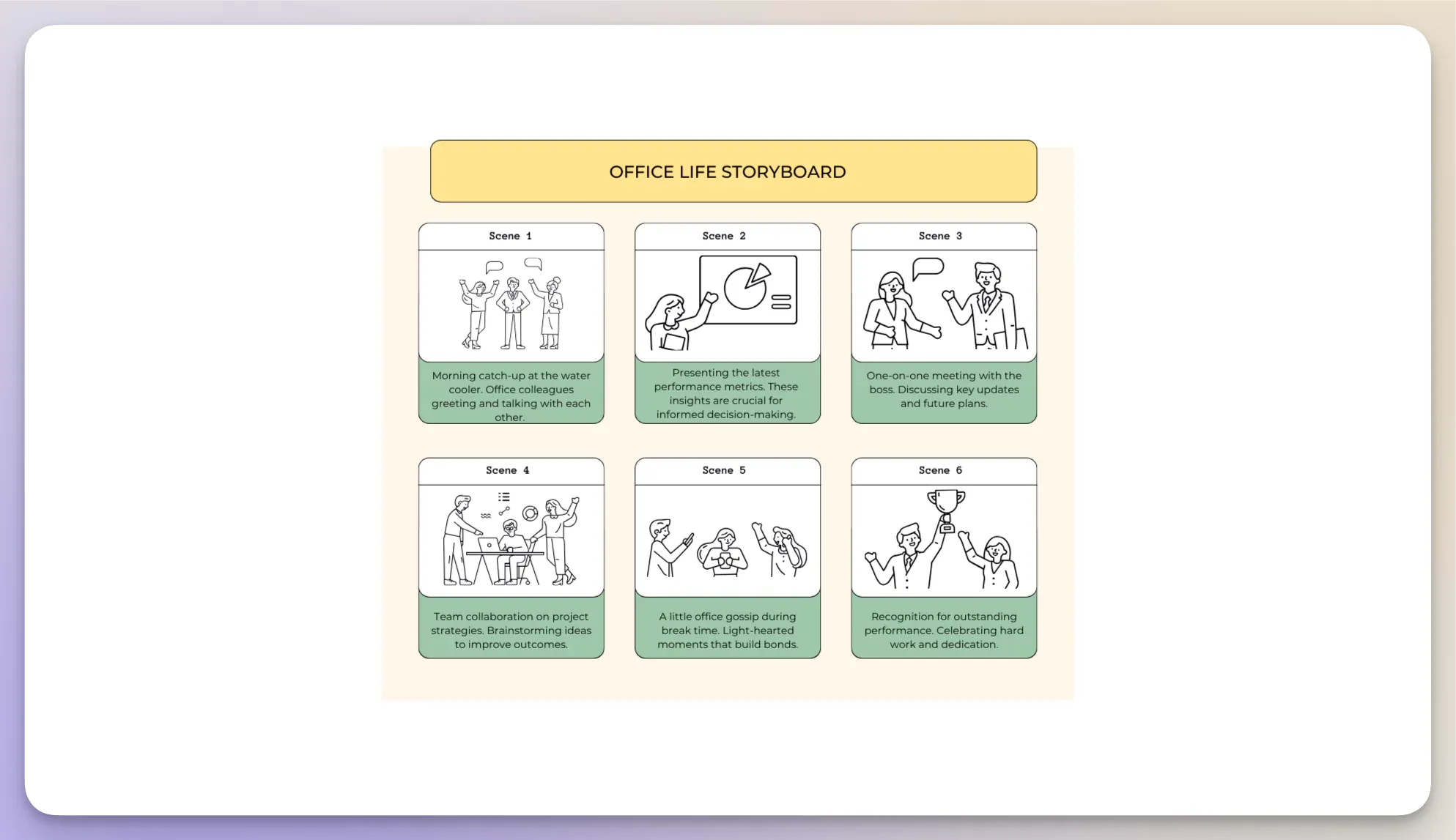
Once you’ve decided on the content types, create detailed storyboards to outline the structure and flow of each video.
Storyboarding helps visualize the sequence of scenes, plan camera angles, and ensure all necessary elements are included. It also serves as a guide for your production team, keeping everyone aligned and focused on the same vision.
A well-crafted storyboard can make the production process smoother and more efficient, ultimately resulting in higher-quality and more engaging video content.
Plan the pre-production
The pre-production stage covers your video content creation planning. It's the first step towards the production process.
At this stage, you need to define the content of your video, collaborate with all the stakeholders to get feedback, and start planning the shoot.
There are three significant steps in the video pre-production phase.
Brainstorming
Whether you hire an agency or create video content in-house, a brainstorming session can be incredibly beneficial. This session will help you finalize the story, plot, characters, and messaging.
The best part is that after the session, you'll have a wealth of ideas and options, allowing you to select the type of video that works best for your brand based on what is best suited to your needs.
Script
A strong script is the foundation of any successful video. It includes dialogues, voice-over, music, sound cues, visuals, and other details to create a compelling storyline. Remember that the average reading pace is two words per second, so a one-minute video should be about 120 words.
However, you don't always need constant dialogue. Sometimes, silence or movement can convey your message more powerfully than narration. Consider what will best get your message across—striking visuals, poignant music, or a powerful voice-over.
Booking and preparation
The final steps come— from booking talent, scheduling timelines, hiring staff, purchasing equipment and props, and more. Handling this on your own can get hectic; consider hiring an agency to manage the details.
Documents are essential at this stage. Create shared calendars, contact sheets, script notes, and more, ensuring everyone involved has access. Be mindful of deadlines and set reminders so everything runs smoothly.
Create videos in batches
Creating videos can be difficult and time-consuming. It's much easier to create simple text-based posts and add visuals than to shoot a video, edit it, and do the necessary groundwork before posting.
The key is to generate a variety of ideas, create videos in batches, and distribute them as widely as possible. You can also create videos tailored to a specific platform and share them across other platforms.
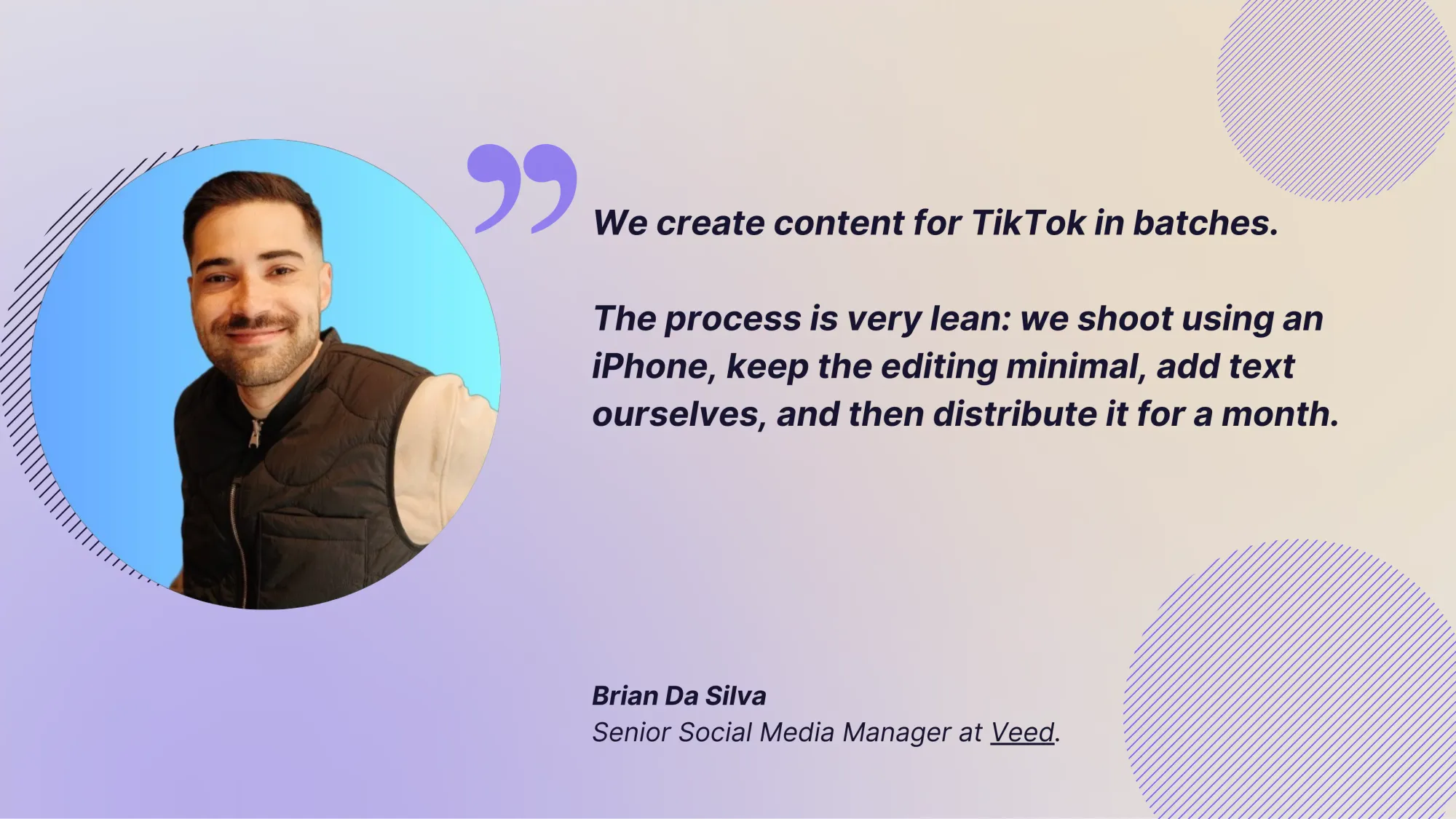
Post-production
Post-production is a crucial part of the process that demands significant effort and attention to detail. It revolves heavily around video editing and graphic creation.
Here's what it involves:
Video editing
Editing is the backbone of post-production. It includes cutting and arranging clips, adding transitions, overlaying text, incorporating special effects, and synchronizing audio.
Proper editing also involves adjusting visual elements like white balance, color, and clarity to enhance your content's storytelling and overall impact. These edits create your video's entire look and feel, significantly affecting its branding.
Multiple video formats
You'll need to adapt your videos for different platforms to maximize reach and engagement. Each platform has its preferred video formats and specifications. For example:
- YouTube: Supports longer videos, often in a 16:9 aspect ratio.
- YouTube Shorts: Ideal for short, vertical videos (9:16) that are less than 60 seconds.
- Instagram: Uses various formats, including Stories (vertical 9:16), and Reels (vertical 9:16)
- TikTok: Primarily vertical videos (9:16), typically short and engaging.
Ensuring your video is optimized for each platform will improve its performance and viewer experience.
Visual effects
One of the most important aspects of post-production is editing your video footage to create your story. This involves cutting and splicing together your clips and adjusting visual elements to represent your creative vision accurately.
Make sure your color edits reflect your branding, like Apple's bright, clean visuals define its brand image.
Sound effects
To produce a successful video, audio effects are just as important as visual effects. Sound mixing, dialogue, narration, and music all come together to create the audio experience for your video.
Proper audio mixing, including ambient sounds and foley effects, can distinguish between a high-quality and a low-quality video.
Graphic effects
In addition to visual editing, incorporating graphic effects can significantly enhance your branded video. These elements include animations, text graphics, fade-ins and outs, lower-third graphic overlays, interview names and titles, logos, and product modeling.
Smart use of these graphics can tie all your branding efforts together, resulting in a polished, professional video.
Call to Action
Finally, consider your video's call to action (CTA). This could be just encouraging viewers to subscribe, a thumbnail of another video, social icons, or any other form of CTA.
Thoughtful placement and design of your CTA are crucial as they guide viewers toward your desired goal without disrupting their viewing experience.
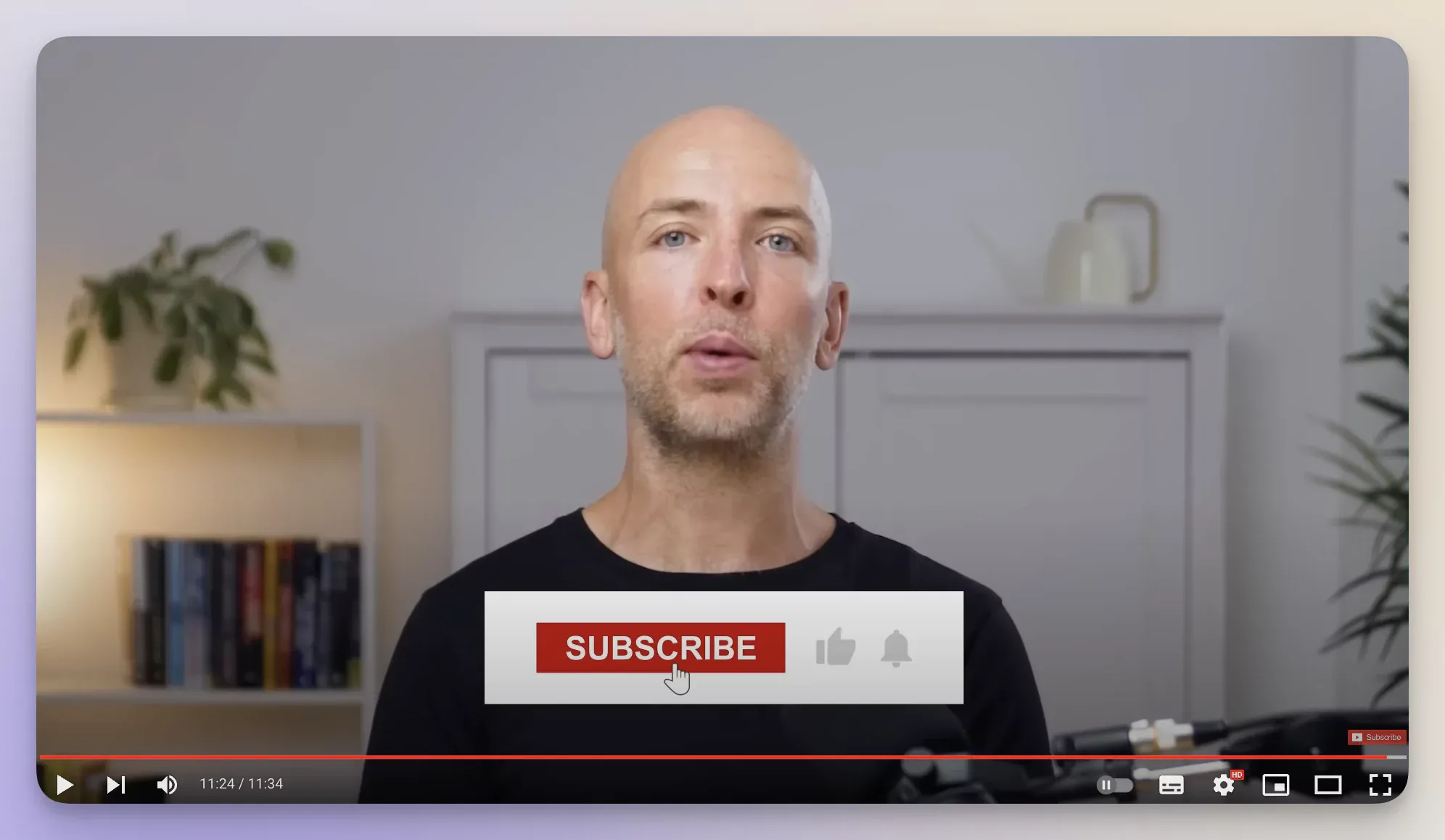
Share your videos on social media or embed them on websites
You've done all the hard work and now it's time to let the world see your craft. Start posting your videos on various social media platforms and also embed them on your website.
You can add videos to your blog posts, product pages, and even landing pages.
According to research, adding videos on websites does help to improve SEO and conversion rates.
Remember, the more you distribute the more people your videos will reach.
Analyze performance
There's no point in creating and distributing content if you can't track which pieces are working the best in terms of views, engagement, and conversions.
Analyzing your social media video strategy and your content's performance is mandatory to understand what resonates with your audience and drives sales.
Social media analytics tools like Socialinsider can help you analyze the performance of your videos.
Identify top-performing video content: Socialinsider allows you to track the performance of your videos and posts, helping you pinpoint which pieces of content are driving the most engagement and conversions.
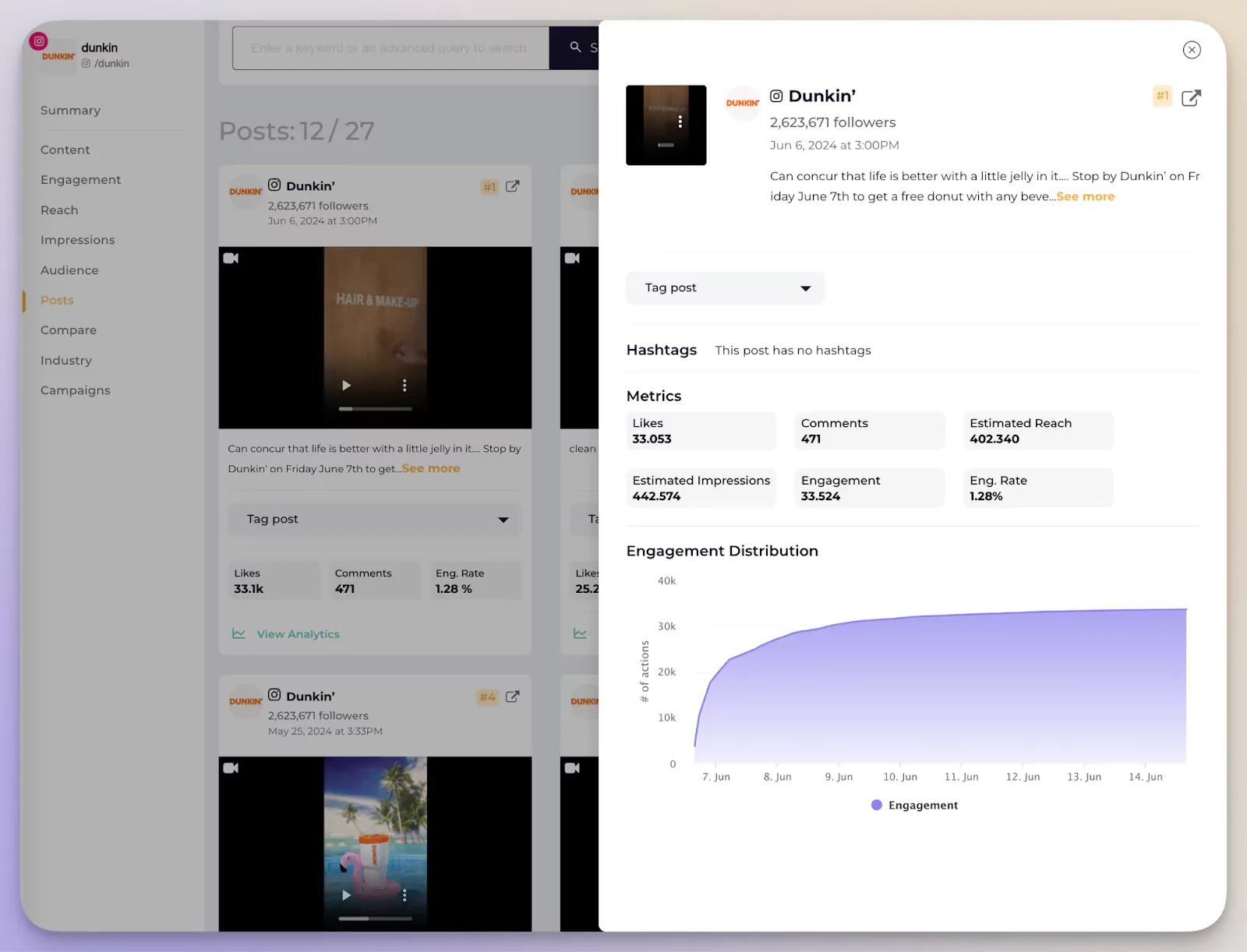
In-depth performance insights: By tagging content and comparing different campaigns or content pillars, you can better understand which content pillars for social media work best and what are your audience's preferences and behaviors.
For example, Dunkin' launched a new product, 'Iced Coffee.' Using Socialinsider, you can check the performance of the content theme over the last three months and see how well it performed compared to other campaigns. This detailed analysis would help refine your social media video marketing strategy, focusing more on the types of content that resonate most with your audience.
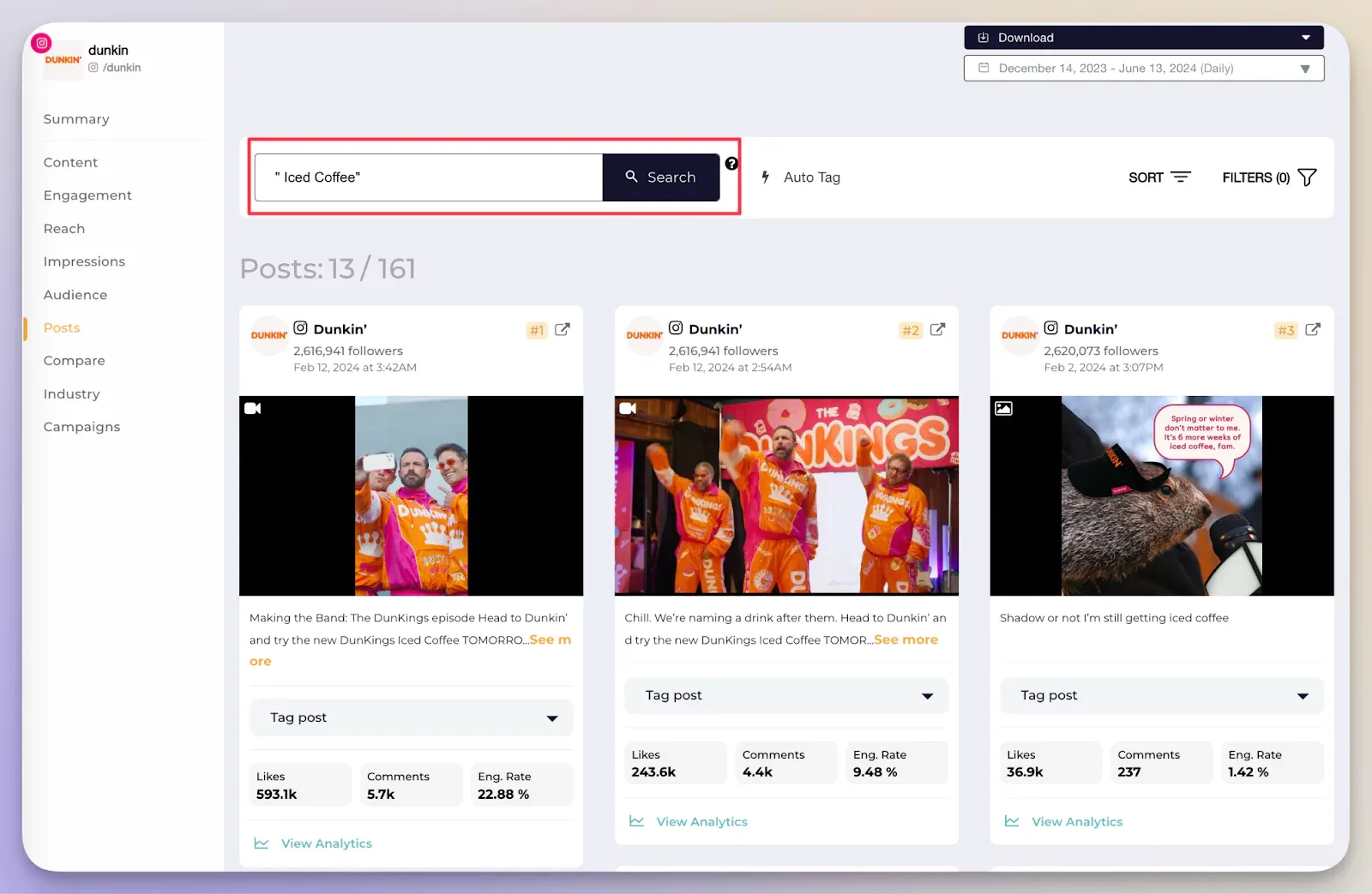
Using Socialinsider, you can replicate this approach by:
- Tagging your content: Categorize your posts based on themes, product types, or campaigns.
- Comparing content pillars performance: Evaluate different campaigns side by side to see which ones deliver the best results.
- Adjusting strategies: Use the social media insights gained to refine your content strategy, focusing on what works best for your audience.
Test, evaluate, and optimize your video content strategy
After analyzing your content's performance in terms of views, engagement, shares, and other key metrics, the next step is to take actionable steps to enhance your video marketing strategy.
First, identify the types of videos that are performing best, whether they are product-focused, entertaining, longer, or shorter formats.
Understanding what resonates with your audience will provide a clear direction for your future content creation efforts.
Next, create more of the content that works well. Producing similar videos that have proven successful ensures that you consistently engage your viewers.
Also, it’s important to test different approaches, such as evergreen content versus trends-related strategies, to determine what suits your business best.
The idea is to experiment and adjust your content based on performance insights so that you can optimize your video marketing efforts for better results.
Bonus: 7 video marketing approaches
Get ideas from sales calls
When creating videos for social media marketing, it’s important to remember that your audience will expect diversity and authenticity.
Especially if you’re a B2B company, providing content that offers value should be one of your top priorities when creating your video content marketing strategy.
That said, a great idea would be to record videos based on your target audience's questions during support or sales calls. Create raw videos immediately after a sales call to capture the most relevant and timely information.
Sales calls are one of the best ways to understand potential customers' pain points, desires, and how your products or services can help them. By recording these raw videos, you can address specific concerns and provide valuable insights directly from real customer interactions.
Feature C-level executives
C-level executives have a wealth of knowledge and experience that can greatly benefit your audience.
Recording long videos with these key leaders can provide deep insights and authoritative perspectives on industry trends, company vision, and strategic initiatives.
These longer videos can then be chopped into mini-series, creating a continuous flow of engaging content, and boosting your digital video marketing efforts.
By featuring C-level executives, you can leverage their expertise and enhance your brand's credibility and thought leadership in the industry.
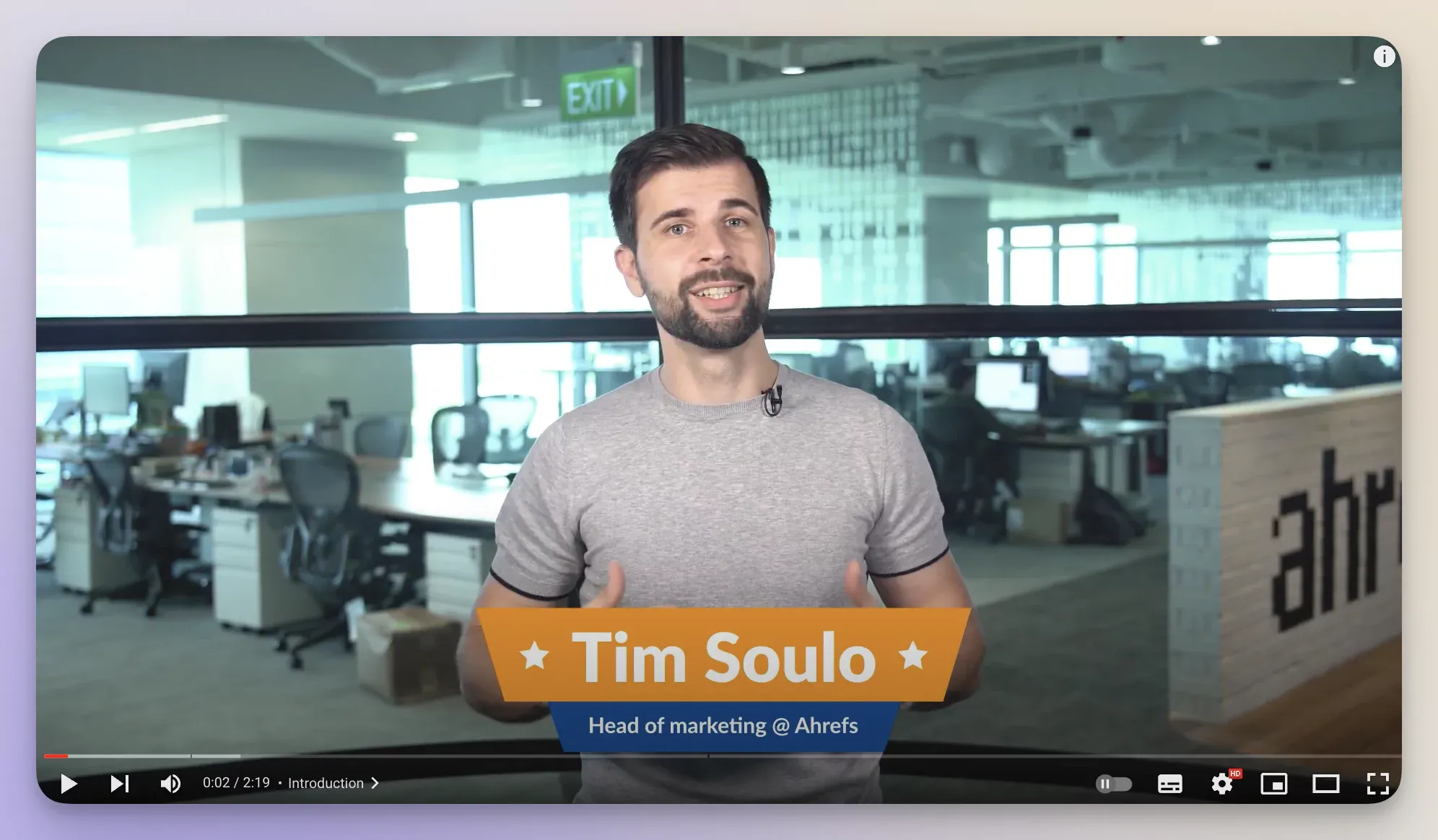
Create binge-worthy series
In video social media marketing, series have become a must, as they build loyalty and FOMO, so consider this planning your strategy.
Platforms like TikTok and YouTube are perfect for serialized content that keeps viewers returning for more, so these are great options for binge-worthy series.
Creating a cohesive series of videos can build anticipation and maintain a steady stream of engagement.
Each episode should leave your audience wanting more, encouraging them to subscribe and stay tuned for the next installment. This approach will help boost viewer retention and build a loyal community around your brand.
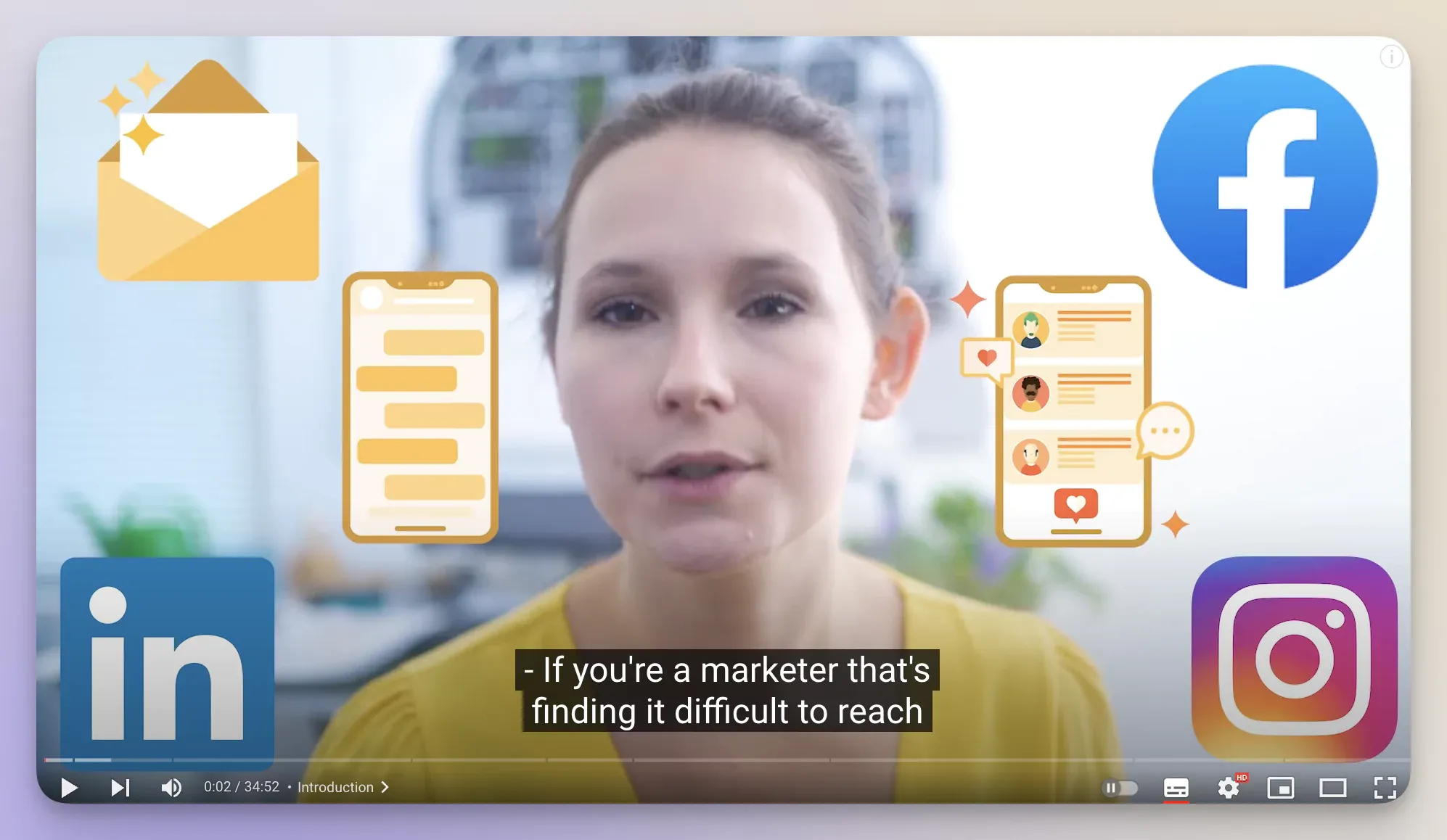
Example: HubSpot's "Marketing Hub" video series on YouTube is an excellent example. They feature in-depth discussions with experts. Then they break these long-form videos into a series, keeping their audience engaged and eager for the next episode.
Leverage YouTube Shorts
YouTube Shorts are growing 135% yearly and boast over 1.5 billion monthly users. Whether you're just starting with a social media video marketing strategy or already have one in place, creating YouTube Shorts can provide immediate and impactful visibility.
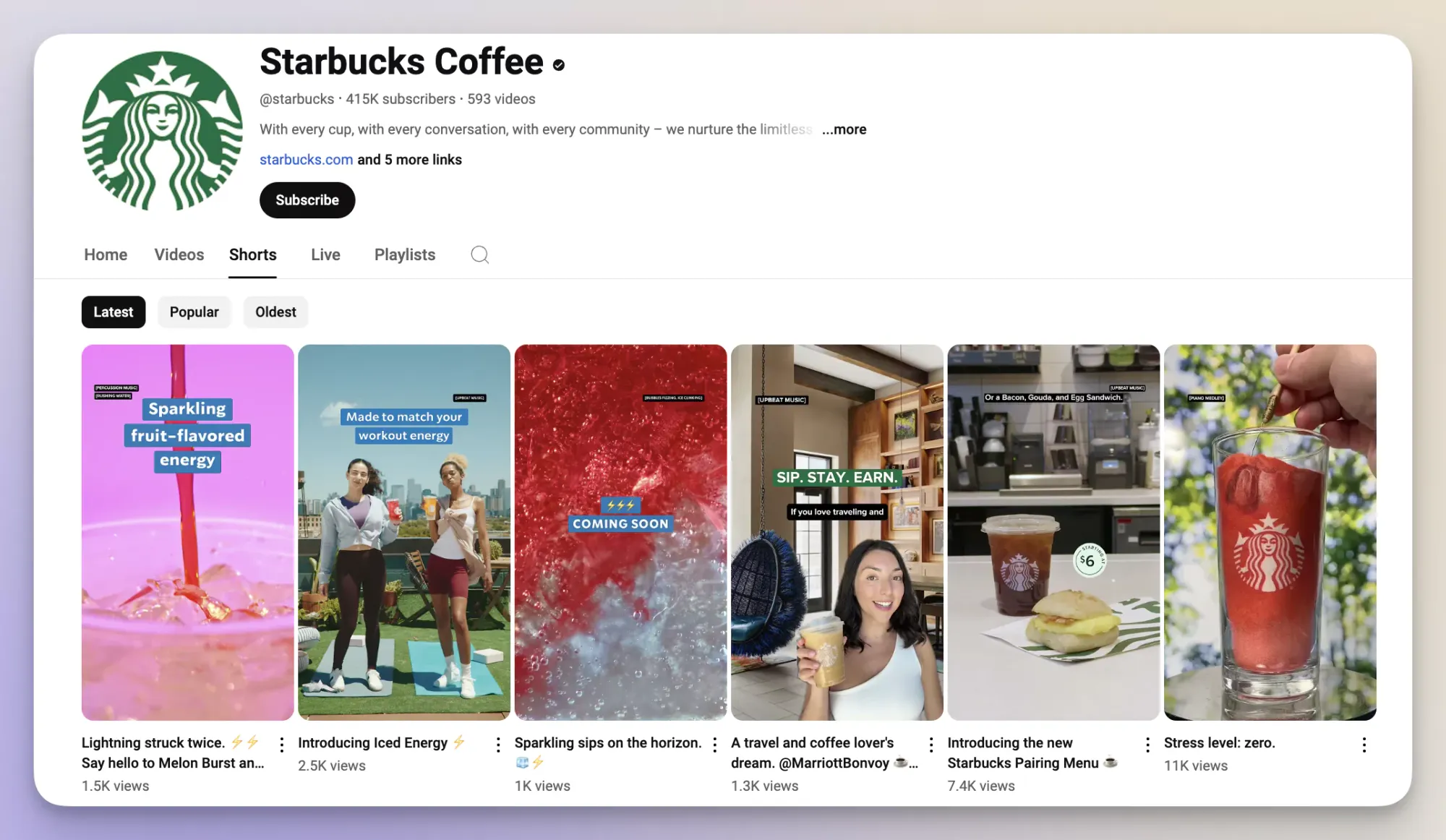
Brands like Starbucks and Nike are already using shorts to market their brands. Now, high-end companies like Gucci, Christian Dior, and Louis Vuitton are joining the trend. Shorts attract over 30 billion daily views and 1.5 billion annual visitors.
YouTube is the new Netflix
Treat YouTube as the new Netflix for your brand's content. This means creating high-quality, engaging videos that educate and entertain your audience. This way, you can transform your YouTube channel into a go-to destination for viewers seeking valuable and enjoyable content.
For example, Intercom has successfully created engaging video content that draws viewers in.
When using video marketing, they think of content that’s designed to be informative and entertaining, capturing the audience's attention and keeping them engaged.
The idea is to blend educational content with entertainment, making your videos valuable and enjoyable to watch.
Partner with influencers
In the video marketing world, influencer collaborations have become a top social media best practice.
Since influencer marketing is on the rise, partnering with influencers can immediately boost your videos.
All you need to do is choose the right popular influencers with your target audience and create videos with them. Next, you can promote those videos from your accounts and profiles or leverage the influencers' channels to reach their established audience.
For instance, Uber Eats partnered with the Beckham family to create engaging promotional content, leveraging their widespread influence and appeal to achieve high visibility and social media engagement.
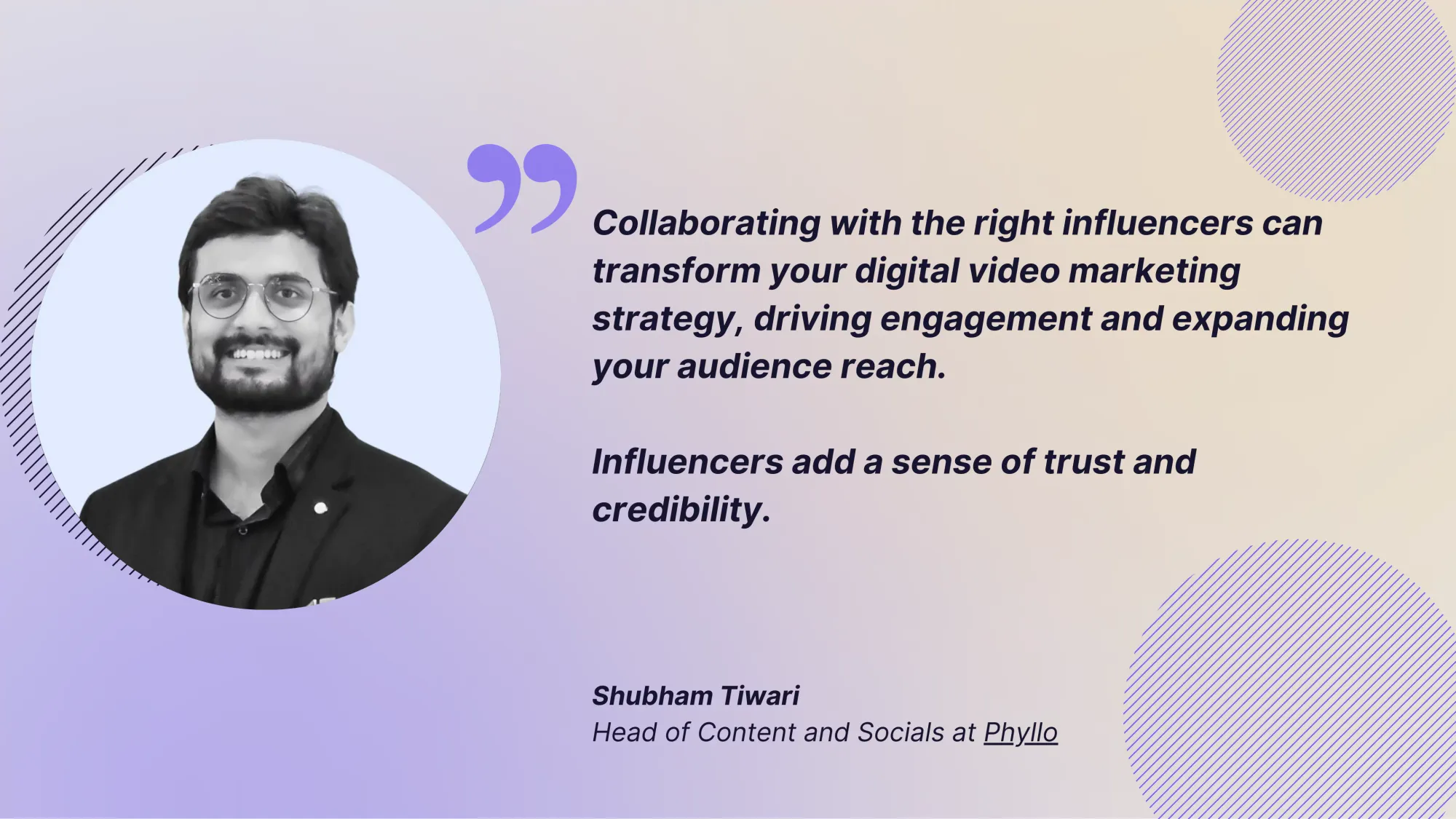
Be human and authentic
A recent study interviewed 75,000 Gen Z individuals, asking them what makes a brand authentic and how important authenticity is to them. A staggering 82% said authenticity is a key purchase driver. But what does being authentic mean?
A brand is authentic when it remains true to itself, transparently expressing its core beliefs and personality throughout its marketing, products, and business practices. Like authentic people, authentic brands are committed to their core values and identity, even if it means going against trends. They are consistent in their messaging and actions, which builds trust and loyalty among their audience.
Build authenticity by maintaining genuineness, transparency, and consistency in every aspect of your brand.
For example, Dove's #TurnYourBack campaign, launched in March 2023 by Ogilvy London and DAVID, responded to TikTok's Bold Glamour filter.
The campaign encouraged people to reject harmful digital distortion by turning their backs on the filter, highlighting that the only way to avoid distortion is for the filter not to "see" your face. This multi-channel strategy not only expanded Dove's audience but also bolstered its brand authenticity by promoting love for all skin types.
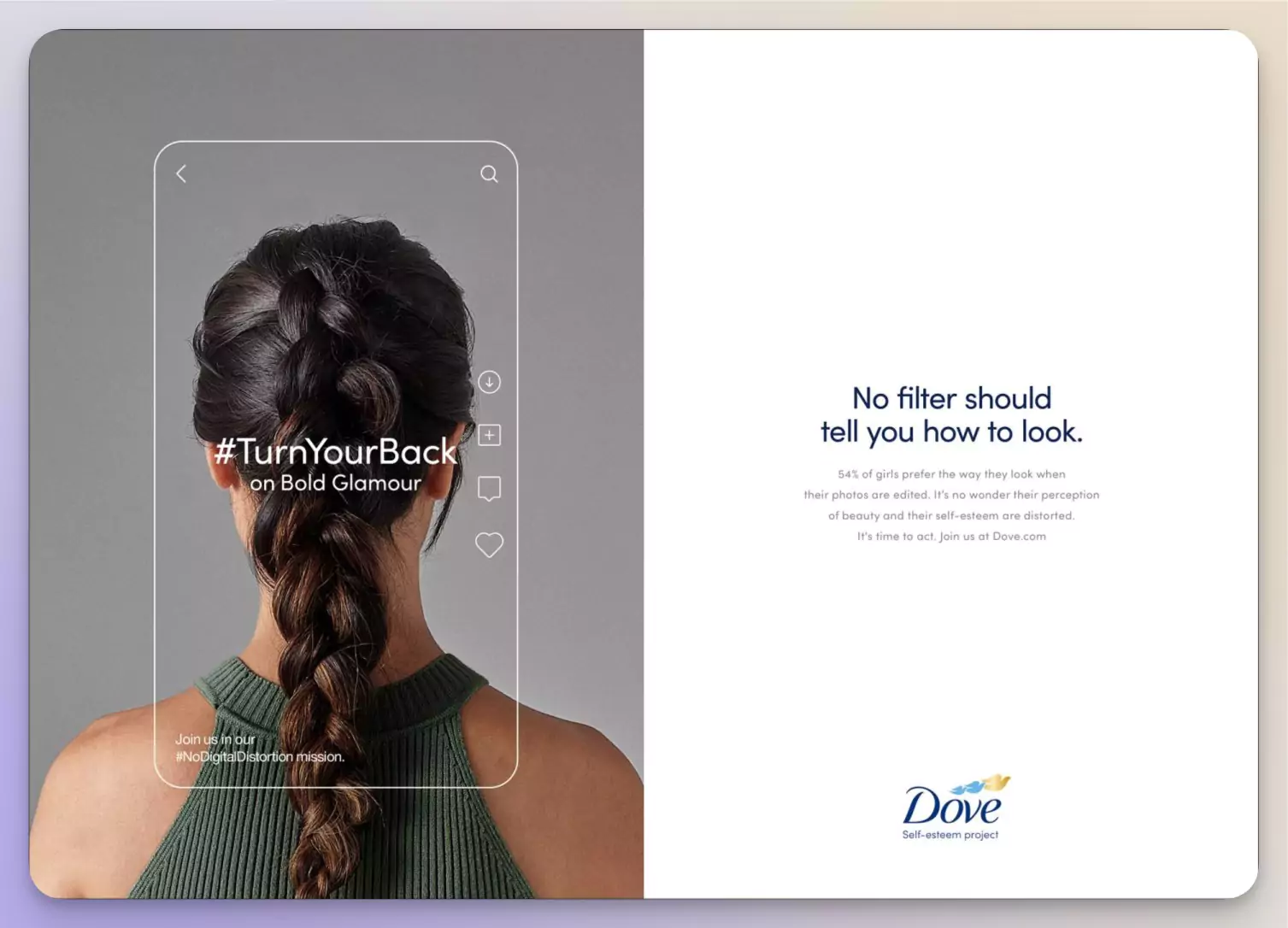
Remember: Just because something goes viral doesn't mean it aligns with your brand's marketing strategy.
Don't neglect UGC
No guide to video marketing would be complete without mentioning the importance of UGC.
That’s because user-generated content is a powerful way of building trust.
Encourage your customers to create and share their own videos featuring your products or services. This approach builds trust and expands your reach and engagement as satisfied customers share their positive experiences with their networks.
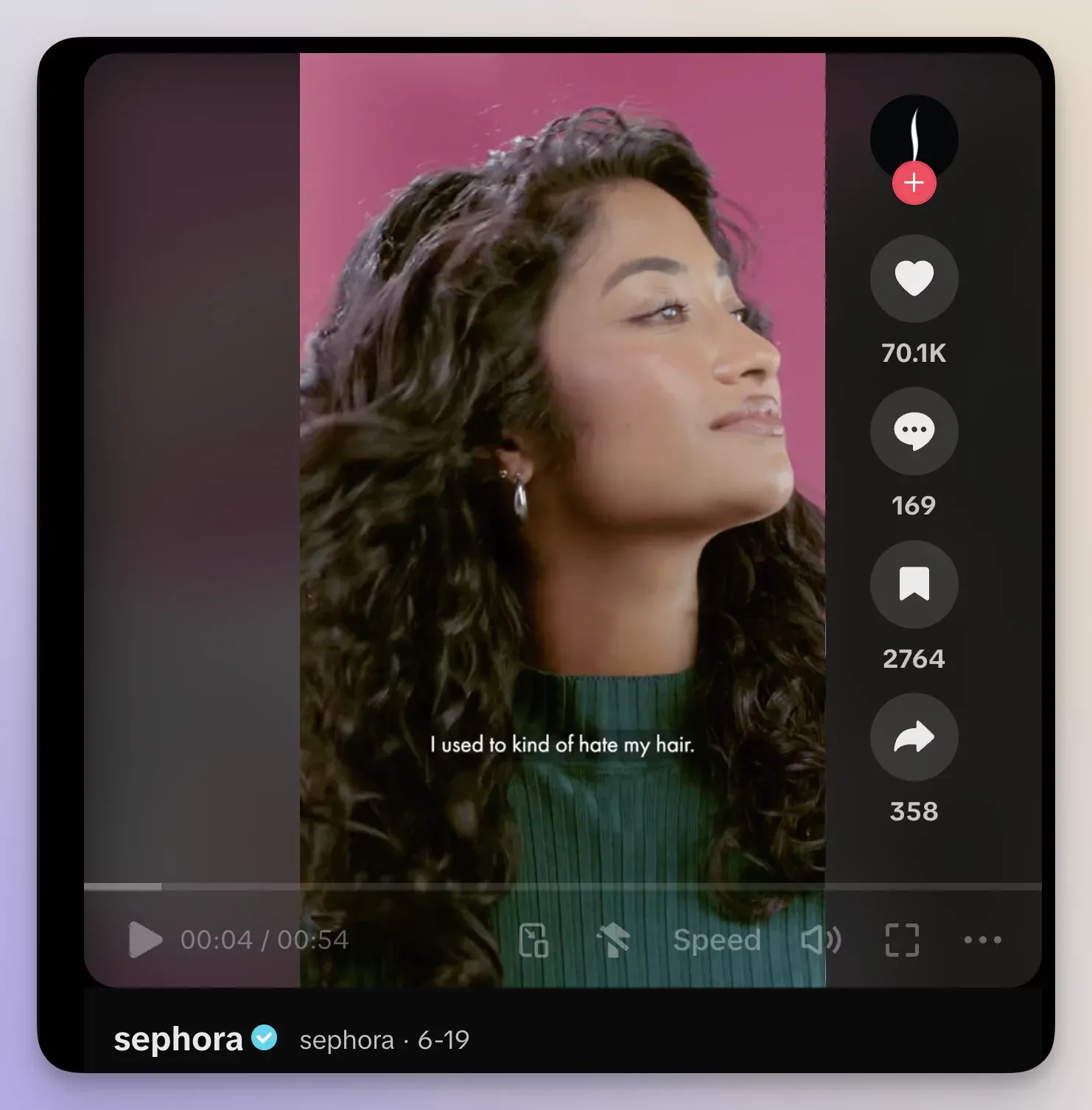
Final thoughts
Marketing is necessary for any brand to reach its target audience and attract more customers. Currently, online video marketing is one of the most powerful strategies available.
In this article, we have covered every step you need to take to get started with video marketing, from planning and creating content to integrating it as part of your social media strategy and analyzing video performance.
Experiment with different ideas and formats during the first three months to see what resonates best with your audience. Use these insights to refine your strategy and focus on what works best in the following months.
FAQs about video marketing strategy
Does video marketing require a big budget?
No, video marketing doesn't necessarily require a big budget. Basic phones with decent cameras and some affordable tools can help you build high-quality videos.
What are some tools that can facilitate production?
Several tools can streamline video production, including Descript and Veed, which offer user-friendly interfaces and comprehensive editing features. You can also use tools for social media analytics and reporting like Socialinsider to analyze your videos' performance and create social media reports.
To which stage of the marketing funnel are videos most effective?
Videos are most effective at all marketing funnel stages, from raising awareness and generating interest to nurturing leads and driving conversions.
What are some best practices for creating a successful social media video marketing strategy?
To create a successful social media video marketing strategy, follow these social media best practices:
- Define clear goals: Establish SMART goals that align with your business objectives.
- Know your audience: Create buyer personas to understand and target your audience effectively.
- Engaging content: Produce high-quality, engaging videos tailored to your audience's preferences.
- Optimize for each platform: Tailor your videos to fit the specific requirements and best practices of each social media platform.
- Use analytics: Regularly review performance metrics to refine your strategy and improve future videos.
- Consistency: Maintain a consistent posting schedule to keep your audience engaged.
- Call-to-Action: Include clear calls-to-action to drive desired outcomes, such as website visits or product purchases.
